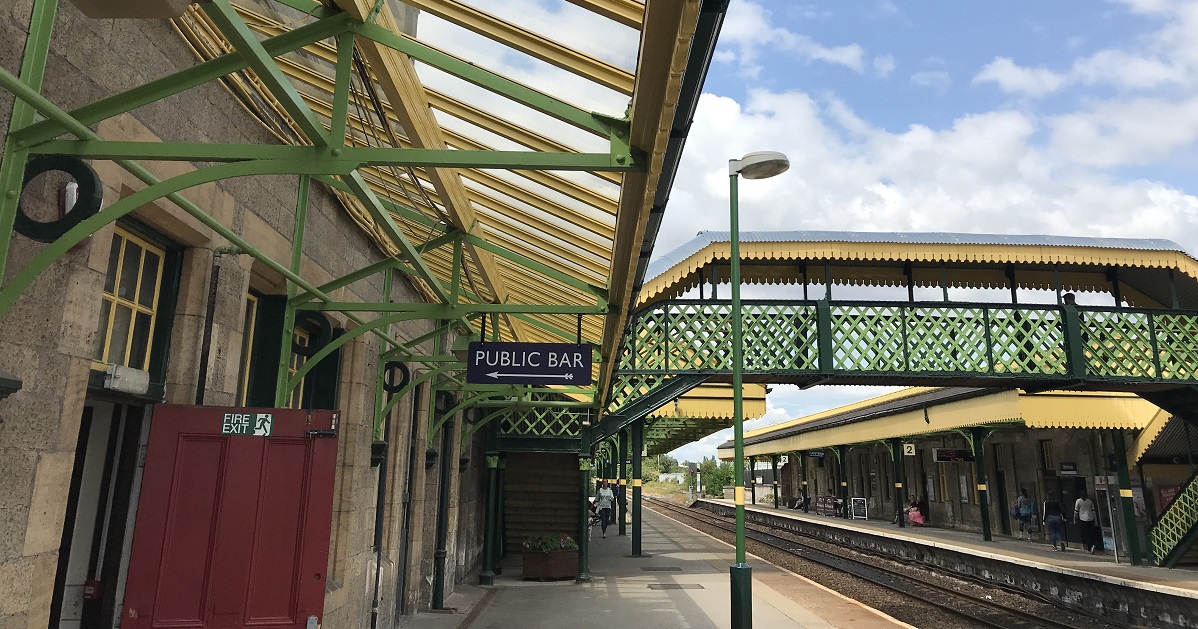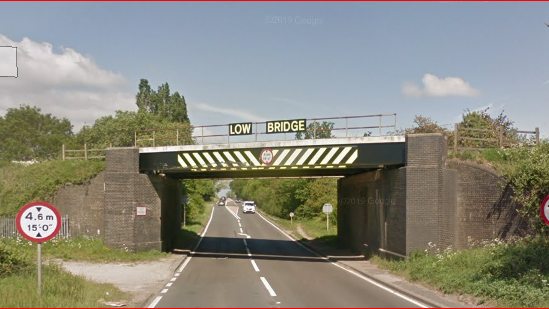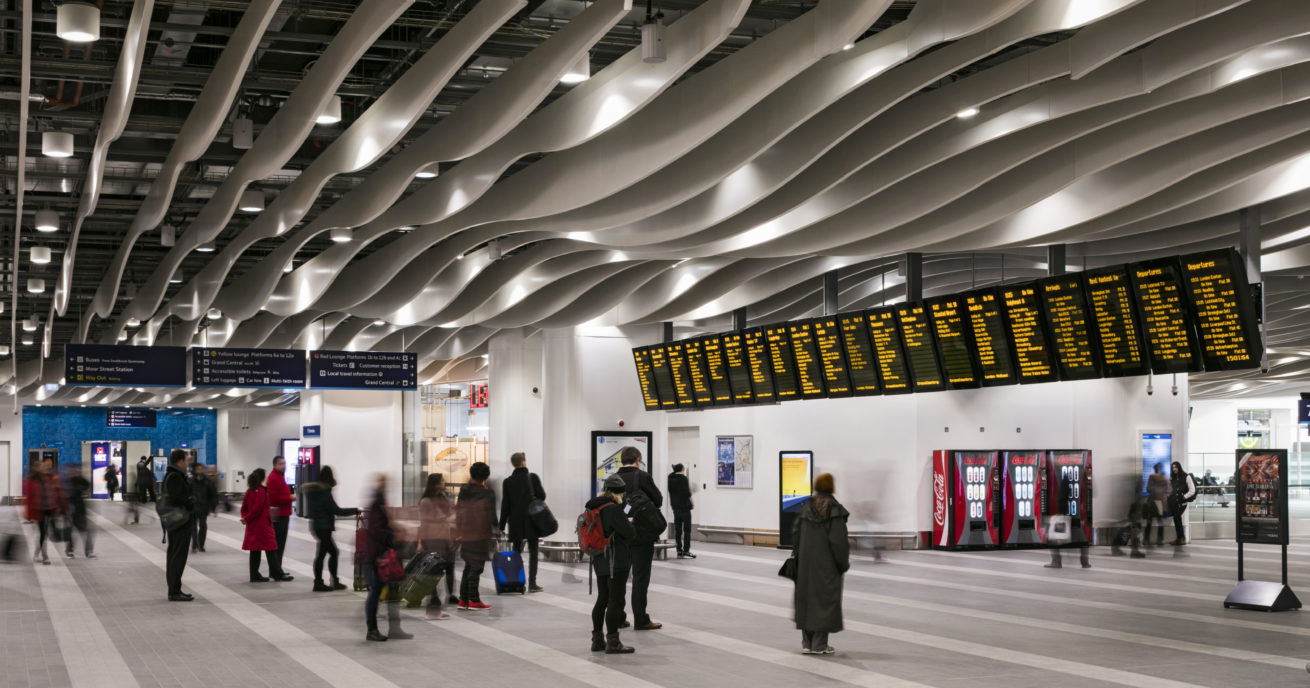“It’s part of the history, it makes the railway more interesting for the people who travel on it…”
Andy Savage, executive director of the Railway Heritage Trust, is en route to Wolverton, Buckinghamshire, where he’s attending an unveiling of a new memorial to the railway workers who lost their lives during WWI.
It’s one of many such memorials to which the trust, backed by Network Rail, has contributed funding.
He said: “Twenty-three thousand railwaymen died in the war and it’s important that that sacrifice continues to be honoured. A lot of memorials were lost, particularly in the 1960s, and we’ve replaced several of the ones we lost.”
Many of the WWI memorials disappeared during railway station redevelopments decades ago, such as a bronze tribute at Manchester Piccadilly, which the Railway Heritage Trust replaced with a granite memorial in 2016. Visitors to the station can see it near platform nine.
In Wolverton – one of the world’s first towns purpose-built for railway workers – Andy represented the trust at the unveiling of a memorial to employees of the London North Western Railway who didn’t come home at the end of the conflict.
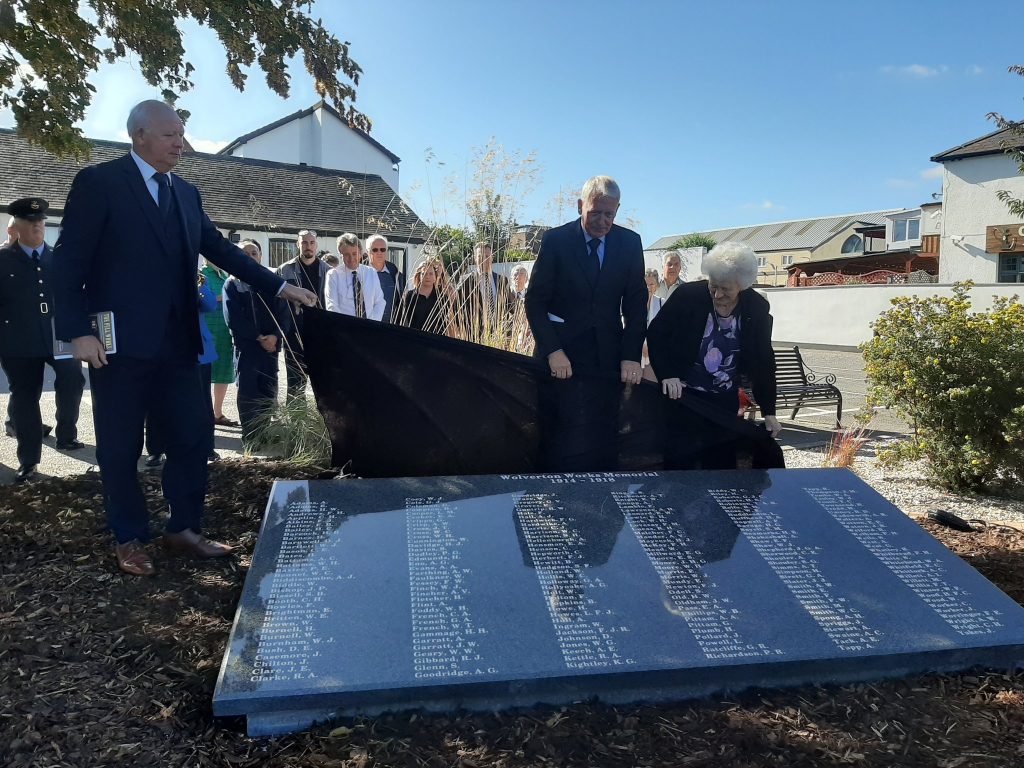
Centenary service to recognise railway’s WWI contribution
Film: the magic of the Glenfinnan Viaduct
Film: discover the Network Rail archive
People and the railway: reconnecting Scotland
Projects like this are at the smaller range of the trust’s funding, which can range from hundreds of pounds to hundreds of thousands – but they’re all important to Andy and to the communities to which they belong. A member of the sixth generation of the same family to have lived in and worked in Wolverton continuously since the 1840s attended the ceremony for the Wolverton Workplaces War Memorial.
Andy said: “They’re all sources of pride. It’s doing something that’s making the heritage support the railway, not the railway support the heritage.”
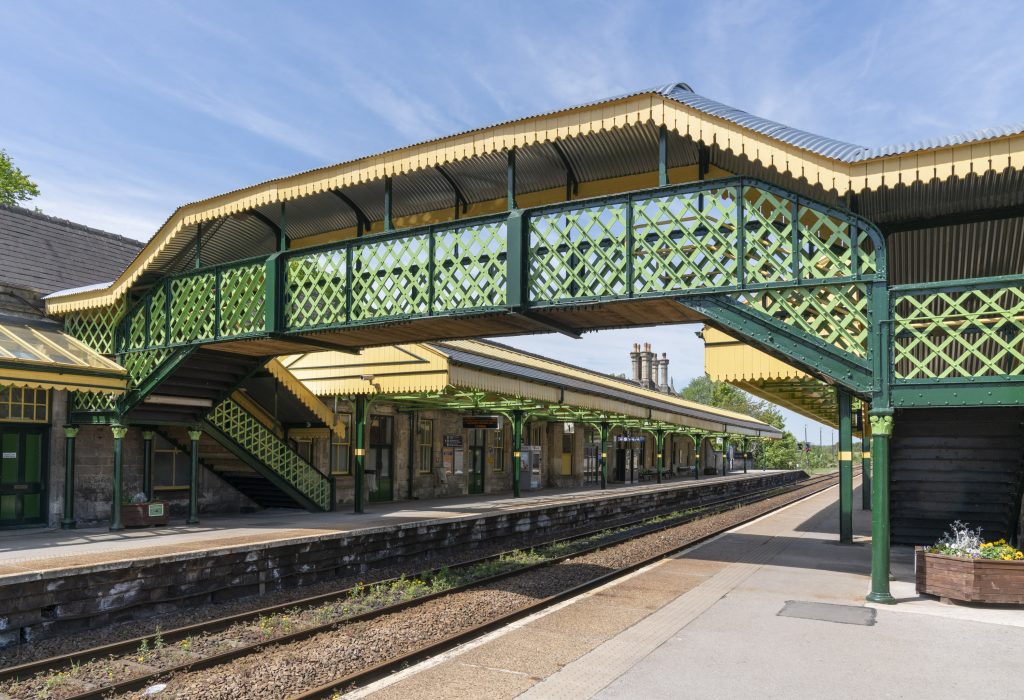
The trust, founded in 1985 and given at least £2m in Network Rail funding each year for the past 10 years, increasing to £2.5m in 2019, aims to help the modern railway preserve and maintain listed buildings and structures. It also helps the transfer of non-operational premises and assets to other organisations willing to look after them.
It provides funding and advice to listed, Network Rail-owned property that has the potential to serve a useful purpose.
Its projects have included historically sensitive restorations of working railway stations, the transformation of closed station buildings into cafes and bars, and the repainting of the distinctive Gill Sans signs dotted along the London North Eastern Railway (L&NER) and the railway in Scotland.
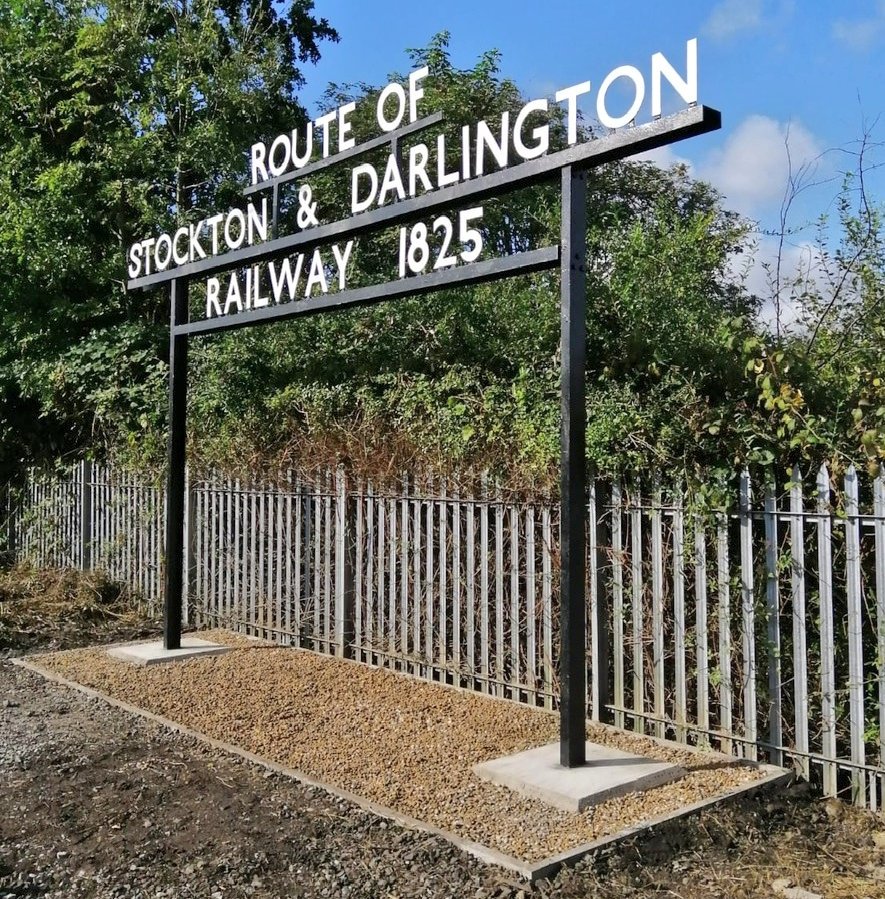
One of these signs – for the Stockton & Darlington Railway – is among the trust’s most recent achievements. It’s especially historically significant because it’s linked to the world’s first railway to carry passenger locomotives – widely considered the beginning of the modern railway, in 1825.
The trust’s funding enabled the sign to move closer to the side of the track so passengers could enjoy a better view of it. Meanwhile, volunteers from Network Rail restored the sign to its former glory.
These signs – of which the trust says 36 remain on the railway – arrived on the East Coast Main Line between WWI and WWI. L&NER was eager to attract more traffic to the route and introduced the signs draw attention to local landmarks, distances to important stations and county boundaries.
The trust is encouraging their restoration – between 2017 and 2018 it awarded grants for improvements to six signs along the route. Network Rail volunteers repainted the four surviving signs in Scotland.
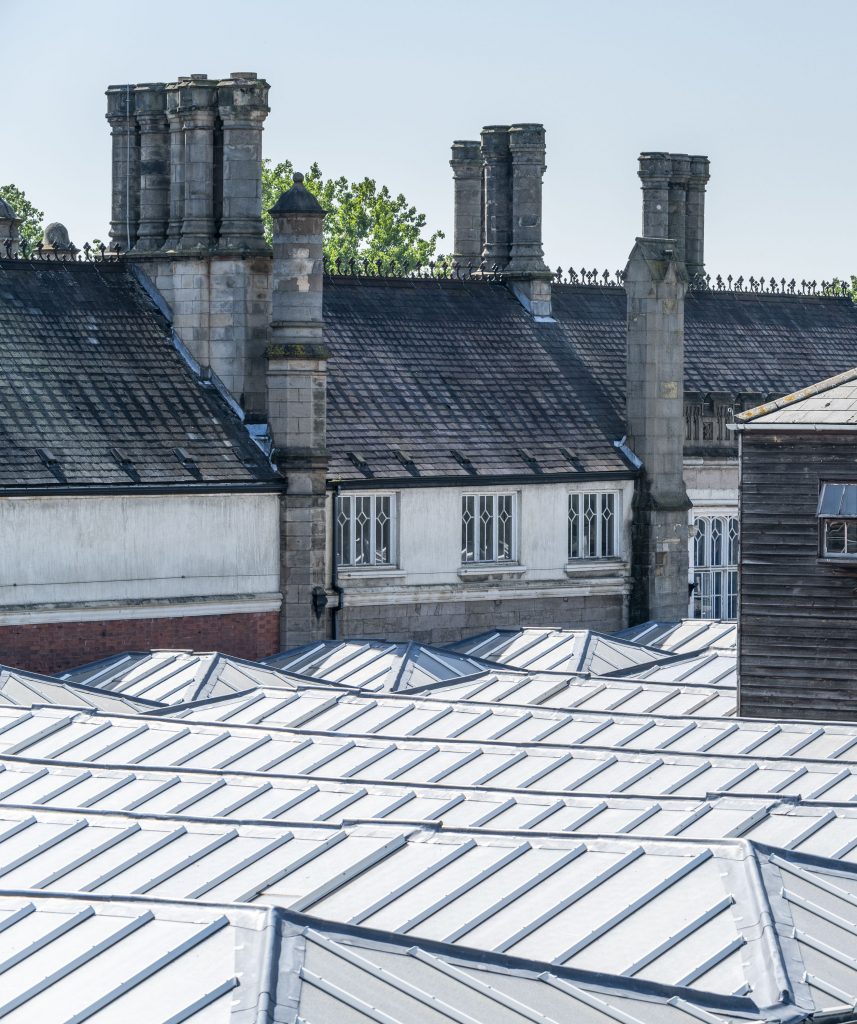
Andy cites the Grade II listed Bat & Ball railway station among the trust’s highlights in the past couple of years. The London Chatham & Dover Railway (LC&DR) built the station in 1862 as the original terminus for Sevenoaks. Queen Victoria used it while travelling to nearby Knole House.
The station, curiously renamed after a pub to differentiate it from the new Sevenoaks station, was boarded up in 1991. It eventually became a public safety concern and a target for vandals.
The trust funded the refurbishment of elements of its heritage features including lighting, seating, signage and its clock. The work came amid Sevenoaks Town Council’s plan to bring the station back into public use with a café, public toilets, two community rooms and bicycle racks.
In July, Worksop railway station, for which the trust has funded improvements since the 1990s, won a National Railway Heritage Award after a £1.1m investment to restore and preserve parts of the station.
The trust’s latest involvement includes advice on and financial contributions to the refurbishment of the footbridge and the station’s main buildings and canopies in a simplified 1937 L&NER colour scheme of green and cream.
Also this year, the trust has part-funded improvements to the canopies over four of the platforms at Shrewsbury railway station as part of its general upgrade by Network Rail.
Meanwhile, the trust’s pipeline includes a project to regenerate the Newtongrange station building near Edinburgh. Apex Scotland, a charity that helps former offenders and those at risk of offending to train for employment, hopes to use the building as a café for its Track2Train social enterprise.
